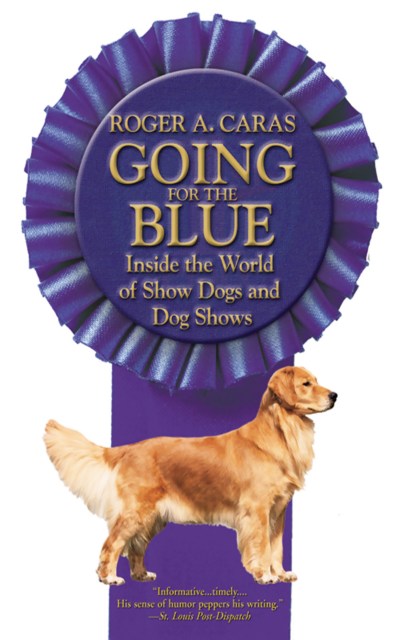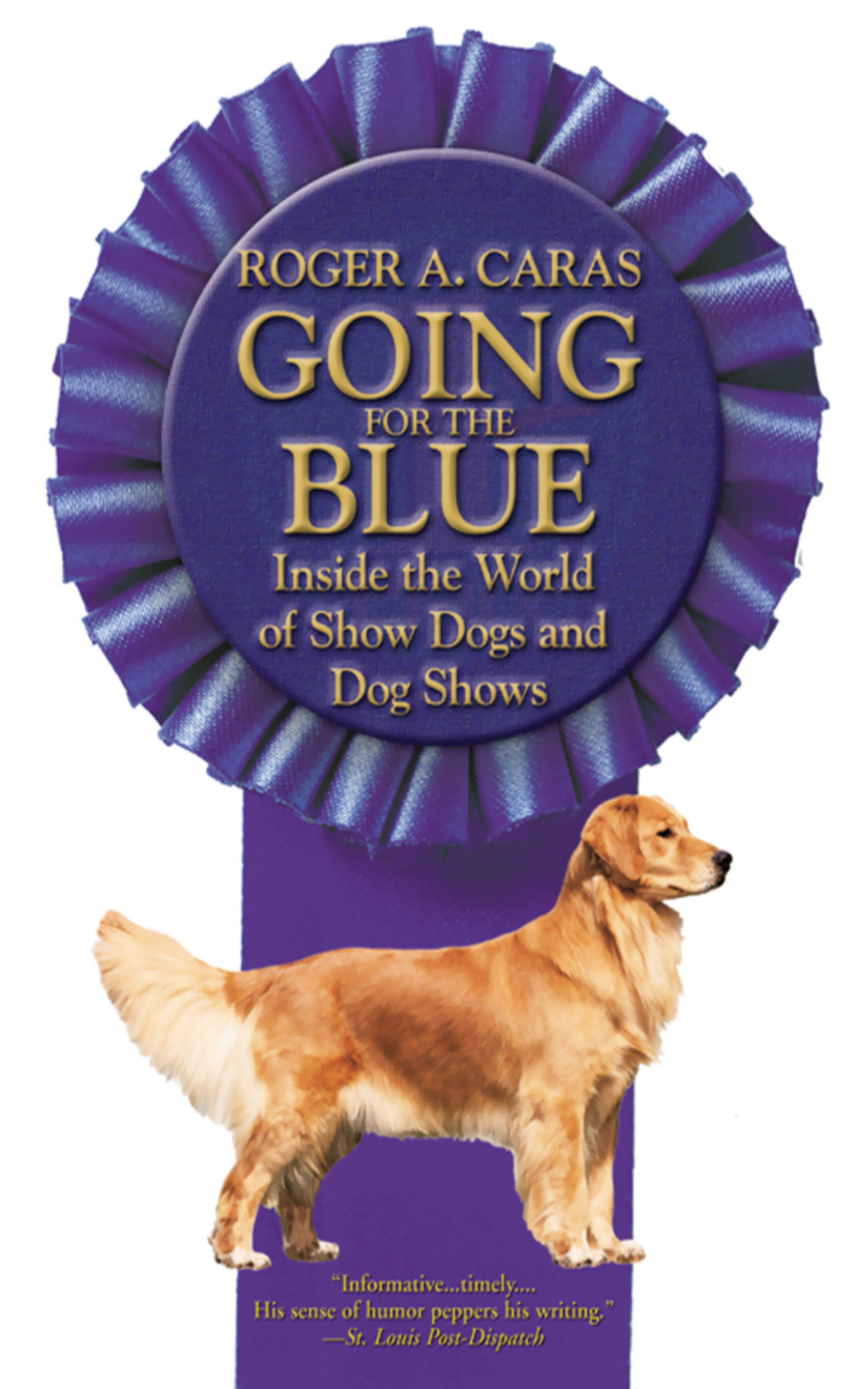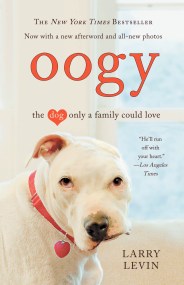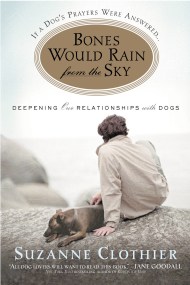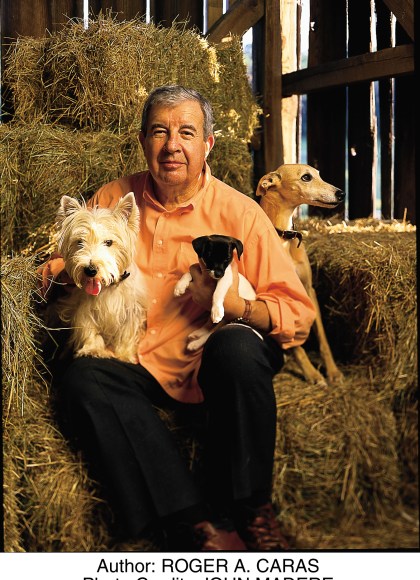Promotion
Use code MOM24 for 20% off site wide + free shipping over $45
Going for the Blue
Inside the World of Show Dogs and Dog Shows
Contributors
Formats and Prices
Price
$9.99Price
$12.99 CADFormat
Format:
ebook (Digital original) $9.99 $12.99 CADThis item is a preorder. Your payment method will be charged immediately, and the product is expected to ship on or around February 6, 2001. This date is subject to change due to shipping delays beyond our control.
Also available from:
In this patented puppy tell-all, Roger Caras will enlighten, edify, and amuse us with the inside scoop that only he can provide on what really goes on behind the scenes of dog shows.
He gives a brief history of how, without knowledge of genetics, ancient people first selectively bred dogs from wolves. He goes on to explain which factors are utilitarian and which are purely aesthetic and how these figure in judging a dog today.
He then describes how dog shows evolved, how winners are selected, the immense amount of preparation that goes into grooming a showdog, what constitutes a champion, and the most important factor in a dog show — politics.
Peppered with photographs of champion dogs and dog shows from around the country, and filled with charming anecdotes about dogs who have made it to the top and those who have been left at the bottom of the doggy pile, “Going for the Blue” is a book that will appeal to dog lovers everywhere.
He gives a brief history of how, without knowledge of genetics, ancient people first selectively bred dogs from wolves. He goes on to explain which factors are utilitarian and which are purely aesthetic and how these figure in judging a dog today.
He then describes how dog shows evolved, how winners are selected, the immense amount of preparation that goes into grooming a showdog, what constitutes a champion, and the most important factor in a dog show — politics.
Peppered with photographs of champion dogs and dog shows from around the country, and filled with charming anecdotes about dogs who have made it to the top and those who have been left at the bottom of the doggy pile, “Going for the Blue” is a book that will appeal to dog lovers everywhere.
Genre:
- On Sale
- Feb 6, 2001
- Page Count
- 192 pages
- Publisher
- Grand Central Publishing
- ISBN-13
- 9780759520806
Newsletter Signup
By clicking ‘Sign Up,’ I acknowledge that I have read and agree to Hachette Book Group’s Privacy Policy and Terms of Use
